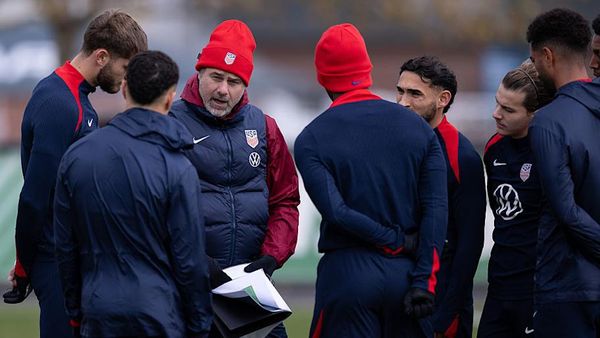
AI datacenters are quietly entering a new phase, and it could reshape which companies benefit most from the next wave of spending. That's according to Sri Kanajan, a data scientist at Scale AI and former senior data scientist at Meta Platforms Inc (NASDAQ:META), who joined a JPMorgan-hosted call to break down how AI infrastructure is evolving — and where the dollars are actually going.
- Track META stock here.
Training Was Last Year's Story — Inference Is This Year's
For all the attention paid to monster frontier models, Kanajan says the real shift is happening elsewhere: compute capex is moving faster than expected from training to inference. Techniques like distillation, quantization, chain-of-thought, and multi-step optimization are making inference cheaper and more efficient, while training cycles are showing diminishing returns.
Kanajan expects inference to take the majority share of incremental compute spending by 2027, with 2025–2026 already tilting in that direction.
The practical takeaway? Companies no longer want the biggest model—they want the cheapest one that gets the job done.
Read Also: SoftBank Swaps Nvidia For OpenAI — Is The Hardware Play Done?
Broadcom & Marvell Stand Out
This shift also reshapes who wins.
Kanajan pointed to Broadcom Inc (NASDAQ:AVGO) as a major beneficiary thanks to its work on custom ASICs powering inference for Alphabet Inc‘s (NASDAQ:GOOGL) (NASDAQ:GOOG) Google (TPUs), Amazon.com Inc‘s (NASDAQ:AMZN) (Inferentia) and Meta’s (MTIA). In a world where smaller, cheaper, more efficient models matter, Broadcom sits right in the slipstream.
Marvell Technology Inc (NASDAQ:MRVL) also benefits as inference workloads lean heavily into Ethernet and PCIe, rather than the pricey, training-oriented NVLink and InfiniBand fabrics. As AI networks standardize and move toward multi-sourcing, Marvell's solutions gain relevance.
But the winners go beyond chips.
Celestica Inc (NYSE:CLS) is well-positioned as the industry leans into white-box, OCP-aligned hardware, especially as operators seek cheaper, standardized inference racks they can source from multiple vendors.
Meanwhile, Arista Networks Inc (NYSE:ANET) continues to anchor the highest-performance training networks, but Kanajan noted that the broader mix shift toward Ethernet in inference opens the door for more networking beneficiaries in the coming years.
Standardization + Power Constraints = Tailwinds
Another factor driving the shift: power. Training remains massively power-hungry — often 5–10x higher than inference — and many datacenters simply don't have the grid capacity to run large training clusters at full utilization. Inference, meanwhile, scales better across distributed servers and edge clusters.
That dynamic makes inference not just cheaper — but easier to deploy.
AI's next leg isn't about building the biggest model. It's about making AI cheaper, faster, and easier to run — and Broadcom and Marvell are positioned to benefit as spending follows that direction.
Read Next:
Photo: YAKOBCHUK V on Shutterstock.com







